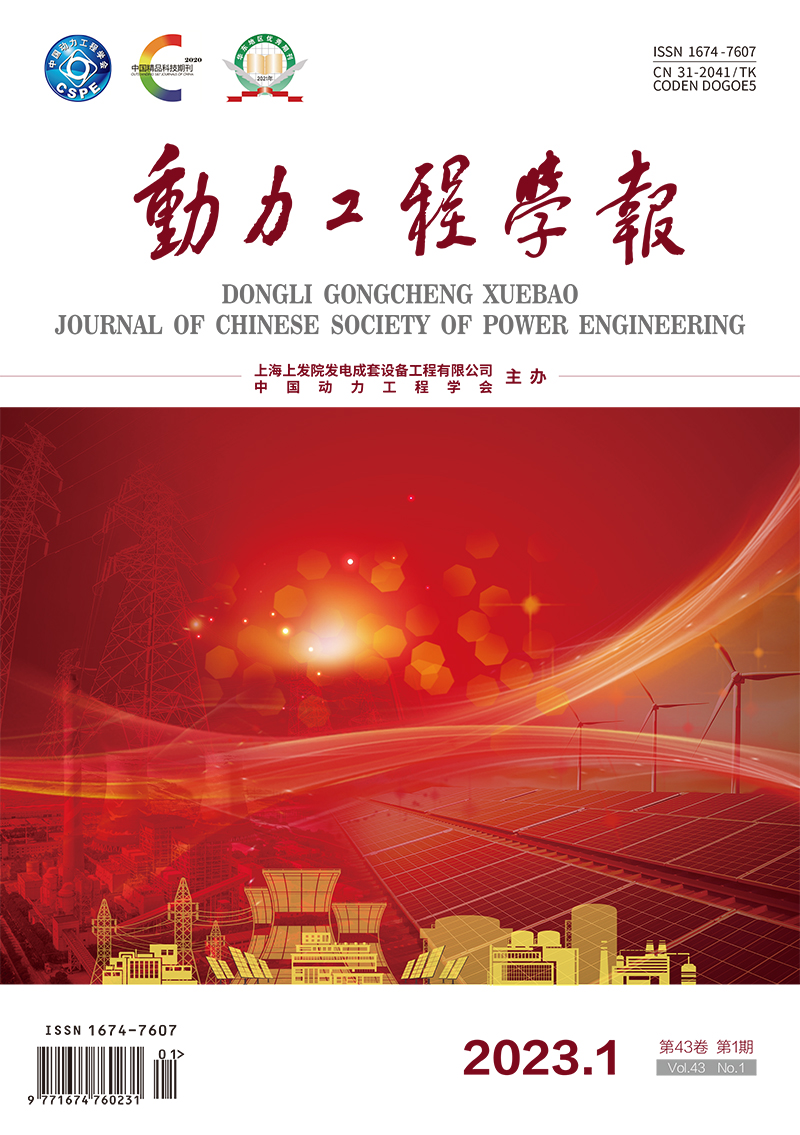Green Energy and Low-carbon Technology
ZHANG Liu, JIA Li, WANG Yan-lin, WANG Bi-ru, QIAO Xiao-lei, JIN Yan, XIANG Jun
Considering that sludge was used as low calorific value fuel in practical application,the combustion and kinetics characteristics of three types of sludge (raw sludge, pickled sludge and devolatilised sludge)were analysed using a thermogravimetric analyser. And then the emission characteristics of particulate matter produced from sludge combustion were studied,the components of particulate matter (PM) and the condensation and deposition mechanisms of Hg on its surface were analysed using SEM-EDS. Results show that the main components of submicron particulate matter (PM1) produced by sewage sludge (SS) combustion are K, Cl, P, S and Fe,while the main components of super-micron particulate matter (PM1~10) are Si, Al, Fe and Ca. Acid washing treatment reduces the emission of sub-micron particulate matter, while devolatilization treatment reduces the emission of super-micron particulate matter. For SS sample, Hg exhibits a dp0 and dp-1 relationship in the free molecular region, which respectively corresponding to the homogeneous nucleation and diffusion mechanisms; the dp-1 relationship occurs in the continuous media region, which corresponding to the surface reaction control mechanism. For SS-A sample, Hg exhibits a dp-2 relationship in the continuous media region, which is controlled by the diffusion mechanism.
